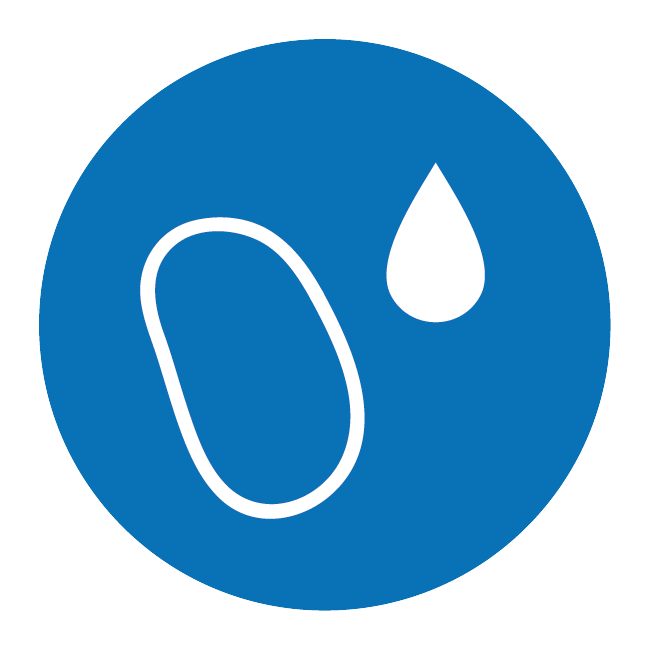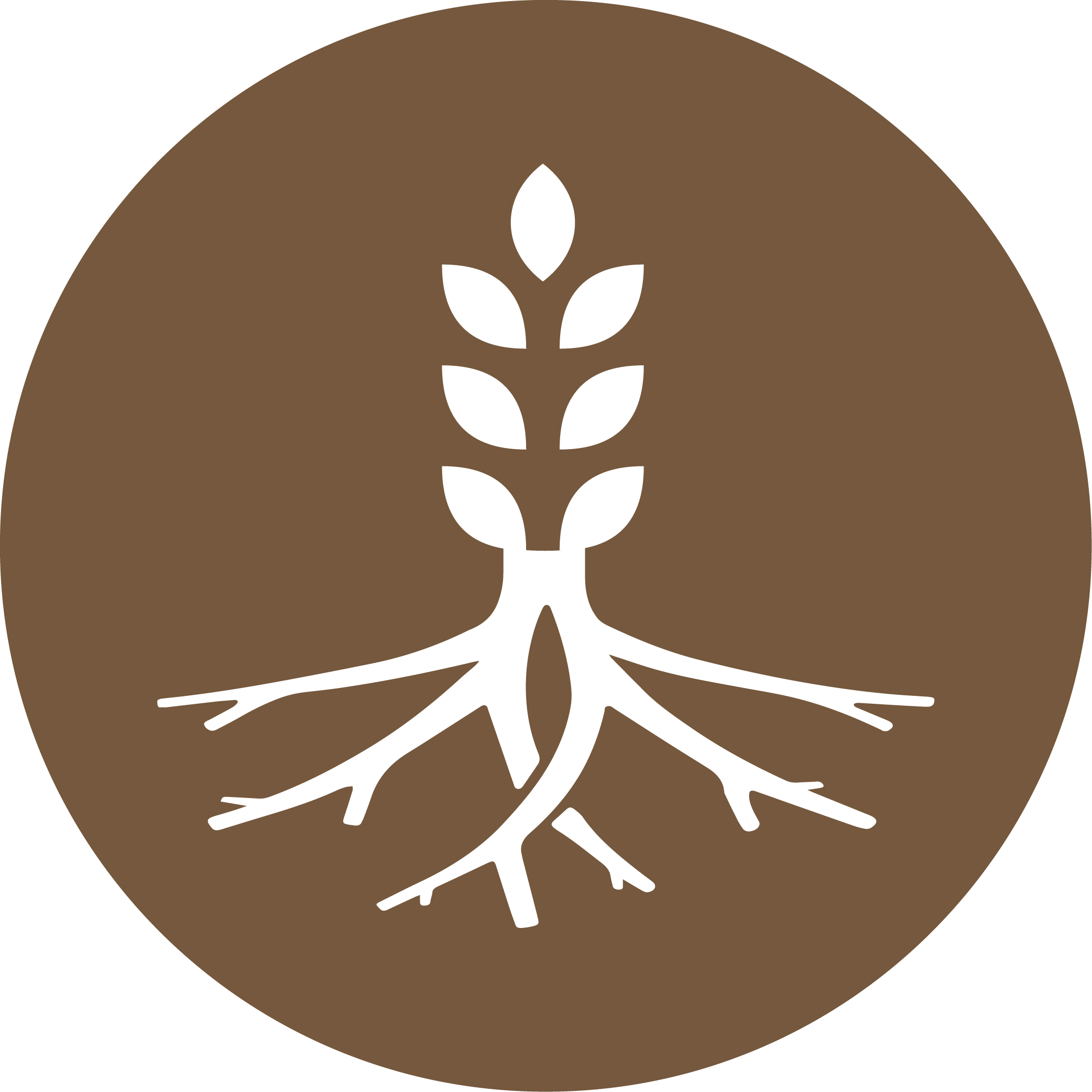BackRow gives herbicides a helping hand in Potato crops
With the loss of diquat from the weed control arsenal this spring, farmers are likely to be under even greater pressure to ensure herbicide sprays are both timely and effective.
Up until now, weed control has been pretty straight forward – plant and wait for weeds to emerge and then apply a residual plus diquat tank-mix. This simple treatment was pretty effective with a low risk of crop damage.
Without diquat a rethink to herbicide applications may be needed, particularly where growers have been used to applying a residual plus diquat mix towards the latter end of the pre-emergence/early post-emergence window.
While Gozai (pyraflufen-ethyl) and Shark (carfentrazone-ethyl) remain good alternatives to diquat for contact activity, they do pose certain risks to the safety of crops where applications are applied post crop emergence. This means residuals may well be applied first, at the true pre-em timing, and then followed by a contact later in the pre-em window to avoid any crop-safety issues should the weather cause delays in application.
Now more than ever, it will be vital to achieve the best weed control possible with residuals pre-emergence by limiting the impact of sub-optimal spraying and soil conditions on herbicide application. And this is where residual herbicide adjuvant Backrow, could be worth its weight in gold this spring.
Backrow is a tried and trusted adjuvant, proven to optimise the performance of residual herbicides in less-than-perfect conditions, whilst also protecting crop safety.
Residual herbicide performance depends on good application conditions and sufficient uptake in soil water by the roots and shoots of germinating weeds. However, cloddy tilths and spray drift can both lead to poor coverage, preventing herbicide contact with germinating weeds. Weeds that do not come into contact with the herbicide at germination will emerge, putting pressure on follow-up contact treatments.

BackRow creates the perfect size droplet for pre-emergence herbicide applications by reducing the number of fine spray droplets prone to drift, and by increasing the number of droplets in the optimum size range for better spray coverage of the soil (Fig 1). This has also been demonstrated on farm utilising deposition papers on the soil surface at application, where the addition of BackRow increased spray deposition and coverage (Fig 2).
Because of the ridges in potatoes, it’s worth noting that there is more soil to spray in one hectare of potatoes than one hectare of wheat, so the rates of herbicides being used need to work even harder and coverage becomes exceptionally important to optimise contact at germination.
Fig 1. The Backrow effect on spray droplet distribution – BackRow optimises droplet size.

Fig 2. BackRow improved spray coverage with standard potato nozzles – courtesy of grower.

Residual herbicides also require moist soils to work well, although excessive rainfall or heavy early irrigation on light or stony soils can move herbicides to the potato sets and damage the crop. In dry conditions, BackRow helps retain moisture in the top 5cm of the soil. With moisture levels higher, BackRow makes herbicides more accessible for uptake into weeds. This is particularly important for herbicides such as pendimethalin, prosulfocarb and new herbicide aclonifen, which are less effective in dry soils. Where excessive moisture is a threat, BackRow will also help by retaining herbicides in the top 5cm of the soil. This increases the availability of herbicides for uptake into weeds and prevents the movement of herbicide to the crop root zone, reducing the threat of crop phytotoxicity. This is particularly useful for herbicides which are more “mobile” such as metribuzin (in Artist and Sencorex).
Replicated field trials have consistently demonstrated improved weed control from the addition of BackRow to residual herbicide chemistry, with an additional 8% against weeds such as annual meadow-grass and broad-leaf weeds. Weed control trials conducted with Scottish Agronomy in 2019 showed BackRow improved weed control with Defy + Praxim (+11%), Shotput + Praxim (+14%) and Shotput + Emerger (+5%).










